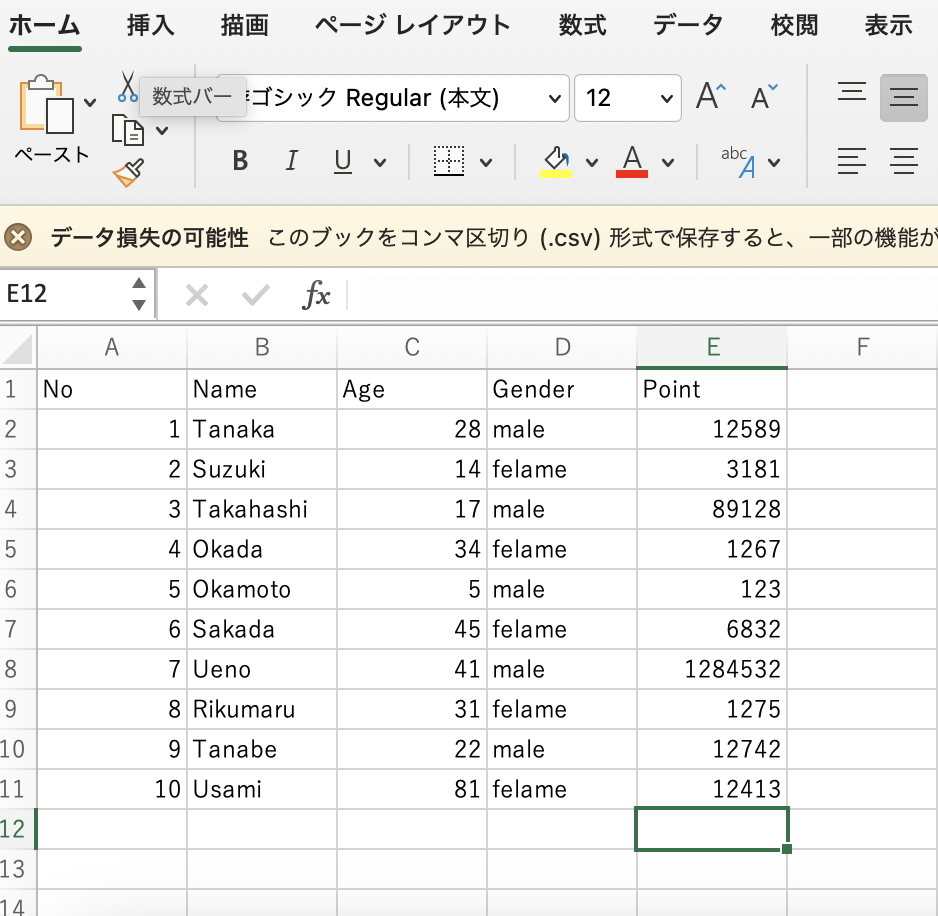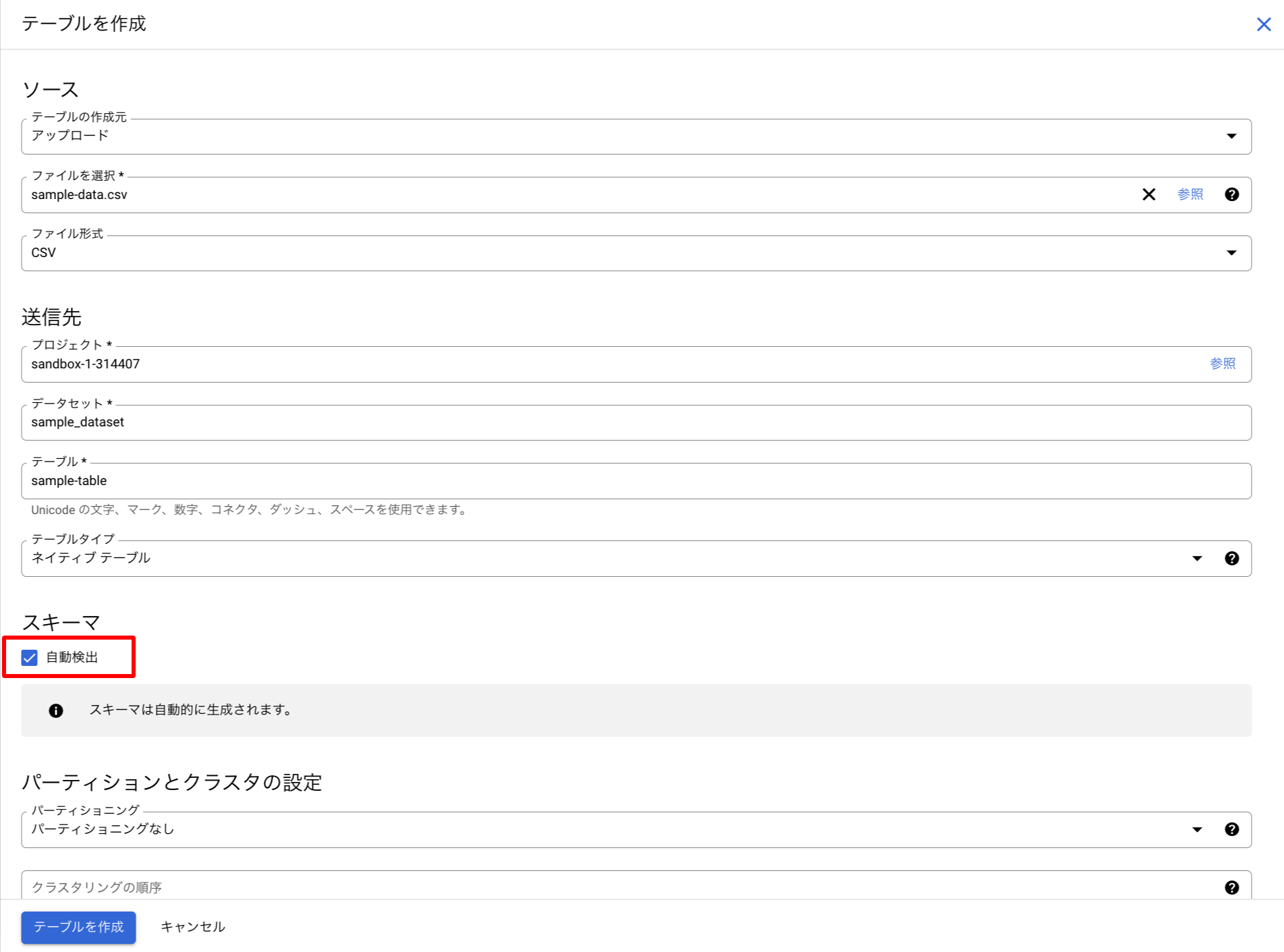1. Introduction
Hello! We are a writer team from Definer Inc.
In this issue, you are wondering how to use Big Data freely with BigQuery.
Let's take a look at the actual screens and resources to explain in detail.
2. Purpose/Use Cases
This article summarizes information and practices that can be helpful when you want to use Big Data freely with BigQuery.
With its scalability, speed, and ease of use, BigQuery enables businesses to gain valuable insights, make data-driven decisions, and uncover hidden patterns in their data. It serves as a powerful tool for business intelligence, real-time analytics, data exploration, machine learning, log analysis, and more. By providing a serverless and highly scalable environment, BigQuery empowers organizations to harness the full potential of their data and drive innovation in various industries.
Here are some specific use cases and examples for BigQuery:
・Business Intelligence and Reporting: Use BigQuery to store and analyze large volumes of business data, generate reports, and gain insights into key performance indicators (KPIs). For example, a marketing team can analyze website traffic, conversions, and user behavior to optimize marketing campaigns.
・Real-time Analytics: BigQuery supports streaming data, allowing you to ingest and analyze real-time data. For instance, an e-commerce platform can analyze live user interactions, inventory data, and transaction details to make real-time business decisions.
・IoT Data Analytics: With BigQuery's scalability, you can efficiently process and analyze data generated by Internet of Things (IoT) devices. For instance, a smart home company can analyze sensor data to understand user behavior and enhance device functionality.
・Genomics Research: BigQuery's ability to process large-scale genomic datasets makes it valuable for genomics research. Researchers can analyze genetic data, perform genomic variant analysis, and gain insights into genetic associations.
・Financial Data Analysis: BigQuery can handle financial data processing, enabling organizations to perform complex financial analysis, risk modeling, and fraud detection. Financial institutions can use it to analyze transaction data and identify potential fraudulent activities.
・Market Analysis and Sentiment Analysis: BigQuery can be used to analyze public sentiment from social media data and news articles. Companies can monitor brand reputation, conduct market research, and make data-driven decisions based on public perception.
・Data Warehousing and Data Lake Integration: BigQuery can be integrated with other data warehousing systems and data lakes to create a comprehensive data ecosystem. For example, a retail company can combine data from various sources like POS systems, online stores, and inventory management systems to get a unified view of their business.
・Machine Learning Model Evaluation: BigQuery can help evaluate the performance of machine learning models by analyzing their predictions against the actual outcomes. This allows data scientists to fine-tune their models and improve accuracy.
3. What is BigQuery?
First, let's review BigQuery.
BigQuery is a serverless big data analytics service provided by Google Cloud.
It is scalable, cost-effective, and capable of analyzing terabytes and petabytes of data.
BigQuery is a cloud-based data warehousing and analytics solution that allows you to store, manage, and analyze vast amounts of data.
It follows a columnar-based storage model, where data is stored in columns rather than rows, enabling faster query performance and efficient compression.
BigQuery separates compute and storage, which means you can scale your data processing and analysis independently of the data storage.
Uses of BigQuery:
・Analytics and Business Intelligence: BigQuery enables you to run complex analytical queries on large datasets to gain insights and make data-driven decisions. ・Data Warehousing: It serves as a centralized repository for structured and semi-structured data, allowing you to store and manage data from multiple sources. ・Data Exploration: BigQuery's fast query execution allows you to explore large datasets interactively, discovering patterns and trends in your data. ・Real-time Analytics: It supports streaming data ingestion, enabling you to analyze real-time data and make decisions in near real-time.Features of BigQuery:
・Standard SQL: BigQuery supports SQL queries, making it accessible to users familiar with SQL syntax. ・Data Encryption: It provides encryption at rest and in transit, ensuring the security of your data. ・Federated Queries: You can query data stored in BigQuery as well as external data sources such as Google Sheets, Cloud Storage, and Cloud Bigtable. ・Data Partitioning and Clustering: BigQuery allows you to partition and cluster your data based on specific columns, enhancing query performance. ・Data Import and Export: It provides various options to import and export data, including batch loading, streaming, and integration with Google Cloud Data Transfer Service. ・Machine Learning Integration: BigQuery integrates with Google Cloud Machine Learning Engine, allowing you to build and deploy machine learning models on your data.4. Try BigQuery
We will try BigQuery as soon as possible.
(1) Data set preparation
First, prepare CSV files.
As a sample, we prepared the following file!
 (2) Creating a BigQuery table
Access the BigQuery console and click "Create Table."
Upload the CSV file you have just created and create a table.
As a key point, turn on automatic schema detection.
(2) Creating a BigQuery table
Access the BigQuery console and click "Create Table."
Upload the CSV file you have just created and create a table.
As a key point, turn on automatic schema detection.
 (3) Query execution
Execute the following query and the results are displayed!
(3) Query execution
Execute the following query and the results are displayed!

 (2) Creating a BigQuery table
Access the BigQuery console and click "Create Table."
Upload the CSV file you have just created and create a table.
As a key point, turn on automatic schema detection.
(2) Creating a BigQuery table
Access the BigQuery console and click "Create Table."
Upload the CSV file you have just created and create a table.
As a key point, turn on automatic schema detection.
 (3) Query execution
Execute the following query and the results are displayed!
(3) Query execution
Execute the following query and the results are displayed!

SELECT Name, age , Point from ${table name} ORDER BY Point DESC LIMIT 5: 
5. Cited/Referenced Articles
6. About the proprietary solution "PrismScaler"
・PrismScaler is a web service that enables the construction of multi-cloud infrastructures such as AWS, Azure, and GCP in just three steps, without requiring development and operation.
・PrismScaler is a web service that enables multi-cloud infrastructure construction such as AWS, Azure, GCP, etc. in just 3 steps without development and operation.
・The solution is designed for a wide range of usage scenarios such as cloud infrastructure construction/cloud migration, cloud maintenance and operation, and cost optimization, and can easily realize more than several hundred high-quality general-purpose cloud infrastructures by appropriately combining IaaS and PaaS.
7. Contact us
This article provides useful introductory information free of charge. For consultation and inquiries, please contact "Definer Inc".
8. Regarding Definer
・Definer Inc. provides one-stop solutions from upstream to downstream of IT.
・We are committed to providing integrated support for advanced IT technologies such as AI and cloud IT infrastructure, from consulting to requirement definition/design development/implementation, and maintenance and operation.
・We are committed to providing integrated support for advanced IT technologies such as AI and cloud IT infrastructure, from consulting to requirement definition, design development, implementation, maintenance, and operation.
・PrismScaler is a high-quality, rapid, "auto-configuration," "auto-monitoring," "problem detection," and "configuration visualization" for multi-cloud/IT infrastructure such as AWS, Azure, and GCP.

